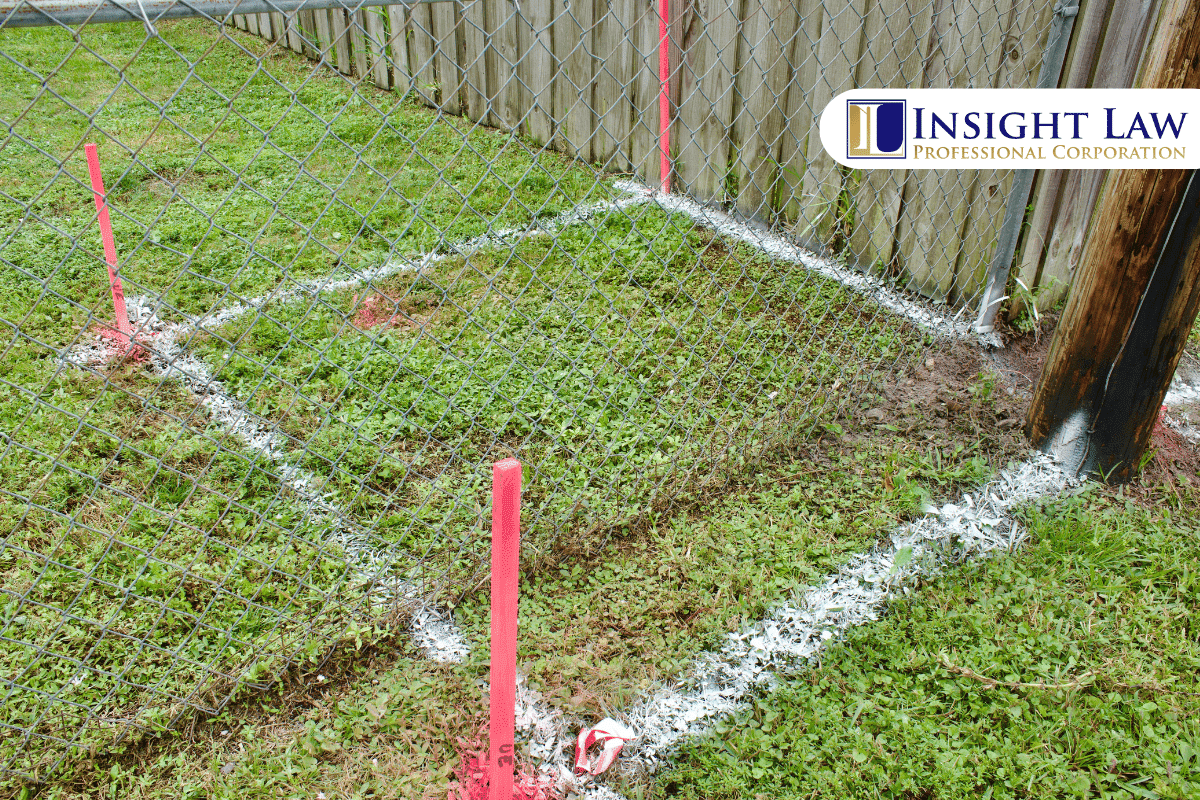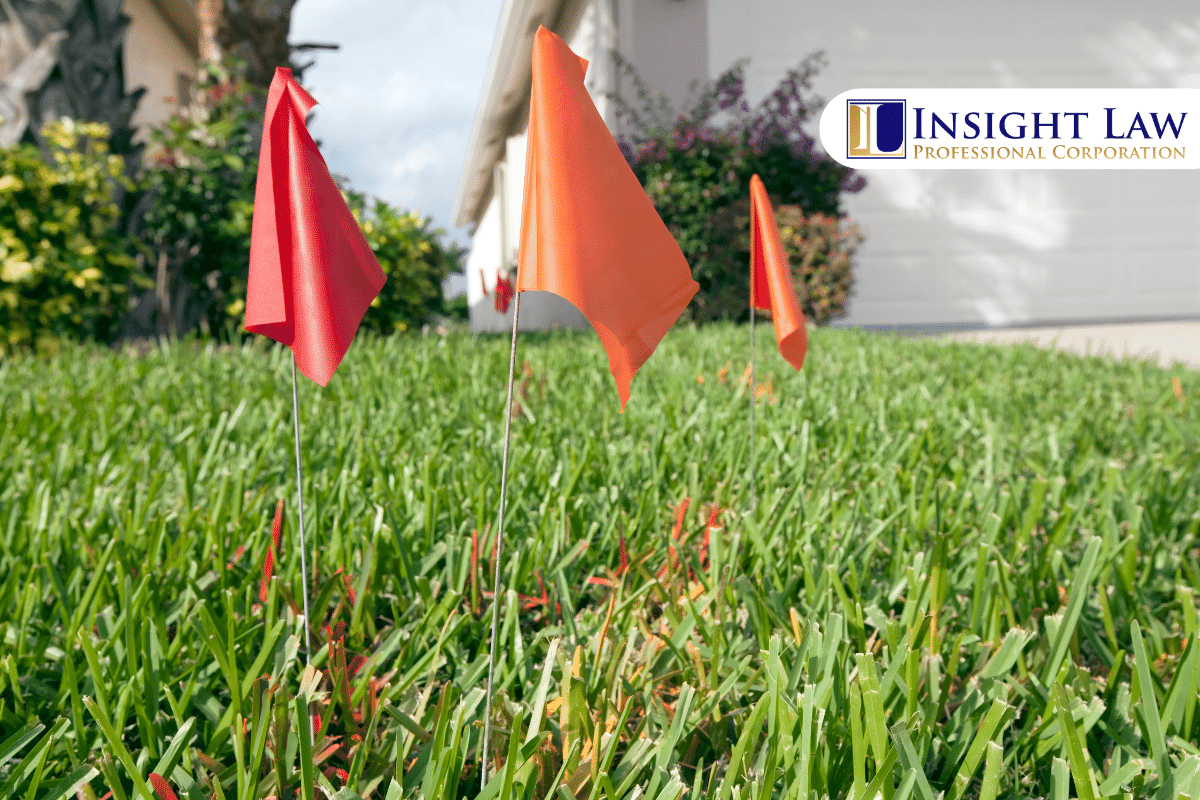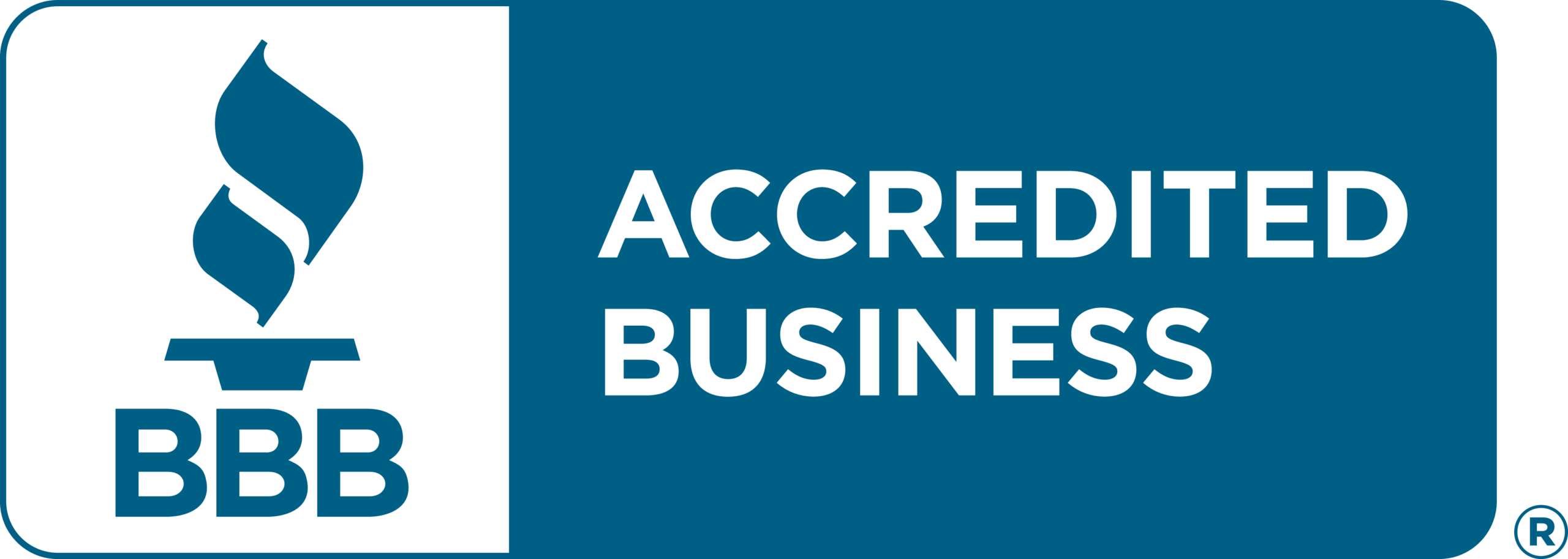Easements are a common but often misunderstood part of property ownership in Ontario. They define specific rights that let someone use another person’s land for a set purpose, such as access or utility services. These rights are not temporary and can affect how both properties are used and maintained.
Understanding how Easements in Ontario work is important for homeowners, buyers, and even businesses. They can impact property value, limit certain uses, and create ongoing responsibilities between neighbours. Ontario law sets clear rules on how easements are created, registered, and enforced. It also outlines when and how they can be removed.
In this guide, we break down the essentials. You will learn the types of easements, how they are established, what each party must do, and the situations that can bring them to an end.
- Understanding Easements
- Contact a Real Estate Lawyer in Toronto
- Get a Free Quote for Your Real Estate Transaction
- How Easements Are Created in Ontario?
- Recording an Easement in Ontario
- Who Must Do What?
- How Easements Can End?
- Easements, POTLs, and Planning Rules in Ontario
- The Importance of Checking for Easements Before You Buy
- Could an Easement Affect My Title or Home Sale?
- Do Easements Change What a Property Is Worth?
- Takeaway
Understanding Easements
An easement is a defined legal right that allows someone to use part of another person’s land for a particular purpose. The land that benefits is called the dominant tenement, and the land that carries the burden is called the servient tenement. Once granted, the right stays with the land itself. This means it continues to exist even if either property is sold or transferred to a new owner.
Easements are different from a licence or simple permission. A licence is temporary and can usually be withdrawn at any time, such as when a neighbour allows you to cross their driveway for convenience. On the other hand, an easement is a lasting legal right recorded on the property’s title. It is enforceable under Ontario law and limits what the servient landowner can do with that part of their property.
They are common in situations where access, services, or shared use of land is needed. For example, a utility company may hold an easement in gross to install and maintain power lines or pipelines across private land. This type of easement benefits a specific company or public authority rather than another piece of land.

Contact a Real Estate Lawyer in Toronto
Get a Free Quote for Your Real Estate Transaction
Thinking about buying or selling property in Ontario? Don’t let hidden easements catch you off guard. Speak with a qualified real estate lawyer today.
How Easements Are Created in Ontario?
Easements can be established in several ways under Ontario law. Each method has specific rules, and most easements are registered on the property’s title to make them enforceable against future owners.
1. Express Grant
An express grant is created through a written agreement between the property owners. The document sets out the exact purpose of the easement, the specific area of land it applies to, and any conditions for its use.
Once signed, it is registered on the servient property’s title so it becomes a permanent right.
This is the most common and reliable way to create an easement because it leaves little room for uncertainty.
2. Implied Easement
An implied easement is not set out in writing but is recognized because it is necessary for the reasonable use of the property.
This often happens when land is divided and sold in parts. If one part of the land can only be used effectively by crossing another part, the law may treat this as if an easement was intended, even though there is no written agreement.
3. Easement by Necessity
When a property becomes completely landlocked due to a severance or sale, the owner has no physical access to a public road.
In such cases, the law can recognize an easement by necessity. This gives the landlocked property a legal right of way over neighbouring land so the owner can reach their property. The easement is limited to what is necessary for access and cannot be used for unrelated purposes.
4. Prescriptive Easement
A prescriptive easement is based on long-term, continuous use without the owner’s permission. In Ontario, it applies only to properties in the Registry system, not the Land Titles system that now covers most land.
The person claiming the easement must prove they used the land openly, without permission, and without interruption for at least 20 years. If proven, the law may recognize the right even without a written agreement.
5. Statutory Easement
Certain easements are created automatically under Ontario legislation. These are common for public utilities, municipalities, and other service providers. They allow access to private land to install, maintain, or repair infrastructure such as water mains, hydro lines, or sewer systems.
A statutory easement often benefits an organization rather than another piece of land, and is typically registered on title so it is binding on all future owners.
Recording an Easement in Ontario
For an easement to be fully enforceable against future property owners, it should be registered on the title of the servient land. In Ontario, this is done through the provincial land registration system, which operates under either the Land Titles Act or, in older cases, the Registry Act.
When an easement is registered, it becomes part of the official property record. This creates what is known as “constructive notice.” In legal terms, this means that anyone buying or taking an interest in the property is considered to know about the easement, even if they have not seen the document themselves.
Registration protects both parties. The dominant landowner can be confident their right will continue if the servient property is sold. The servient landowner has a clear record of the easement’s terms, which helps avoid disputes over its existence or scope. Without registration, proving the easement and enforcing it against a new owner can be more difficult.
Who Must Do What?
- The dominant landowner must use the right reasonably and within its scope.
- The servient landowner must not obstruct or interfere with the easement’s use.
Maintenance duties depend on the agreement and type of easement. For right-of-way easements, the dominant owner generally maintains the path, while the servient owner ensures it stays clear of obstructions.
For utility easements, the utility company usually maintains its infrastructure. The landowner must refrain from blocking access.
How Easements Can End?
An easement is not always permanent. In Ontario, there are several ways it can come to an end:
1. Merger
If one person becomes the owner of both the dominant and servient properties, the easement is no longer needed. The law treats it as automatically ending because you cannot have a right over your own land.
2. Release
The owner of the dominant property can agree, in writing, to give up the easement. This release is usually registered on title so it is clear to future buyers that the right no longer exists.
3. Abandonment
If the dominant owner clearly shows, through actions, that they no longer want to use the easement, it may be considered abandoned. This requires more than just stopping use. It must be clear they intended to give up the right permanently.
4. Expiration
Some easements are created for a limited time. When the agreed period ends, the easement ends automatically.
Important: Simply not using an easement for a long time is not enough to end it. There must be clear evidence that the owner intended to give it up.

Easements, POTLs, and Planning Rules in Ontario
Easements are sometimes confused with Parcels of Tied Land (POTLs), but they are not the same thing. A POTL means you own a portion of a larger shared property, such as a private road or communal space within a development. Easements, on the other hand, do not give you ownership of the land. They give you a legal right to use it for a specific purpose.
While POTLs often include easements to manage shared areas, the two concepts have different legal effects and responsibilities.
When it comes to creating an easement, property owners often agree on the terms and then register the agreement to make it enforceable.
However, under Ontario’s Planning Act, this process can be more complex than expected. The Act treats some easements as a form of land division, similar to a severance. If that is the case, municipal consent is required before the easement can be registered. In most situations, this involves applying to the local Committee of Adjustment.
This extra step ensures that easements are consistent with local land use planning rules and do not conflict with zoning or development plans. It also means that even when both property owners are in full agreement, the easement cannot take effect until the proper approvals are in place.
The Importance of Checking for Easements Before You Buy
When buying property in Ontario, it is important to know if any easements are attached to the land. They can give others legal rights over part of the property, which may limit what you can do with it. Some are visible, while others are hidden underground. Doing your homework before the purchase can save you from problems later.
- Easements can limit how you use your property.
- Some are obvious, like shared driveways, while others are not visible, such as utility lines.
- A title search will show registered easements.
- Always review the documents to see exactly what rights exist.
- If the terms are unclear, get advice from a real estate lawyer.
- Understanding easements early helps avoid disputes and surprises.
Could an Easement Affect My Title or Home Sale?
It can—but not always. If a buyer knew about a visible and clearly registered easement before buying, it usually doesn’t hurt title marketability. But if the easement is hidden or significantly reduces value, it may make the title unmarketable.
Easements that limit resale or add uncertainty can become legal or financial headaches.
Do Easements Change What a Property Is Worth?
The effect of an easement on property value is not the same in every case. In some situations, it can lower value, such as when it limits where you can build or involves visible structures that impact the look of the land.
In other cases, it might make the property more appealing, like when it provides convenient access or shared services. The impact depends on how the easement influences the way the property can be used and how potential buyers see it.
Takeaway
Easements in Ontario can shape how a property is used and even its long-term value. Understanding the type of easement, its terms, and its impact on ownership rights is essential for both buyers and current owners.
Taking the time to research, review title documents, and seek legal guidance can prevent costly disputes and help you make informed decisions about your land.
The information provided above is of a general nature and should not be considered legal advice. Every transaction or circumstance is unique, and obtaining specific legal advice is necessary to address your particular requirements. Therefore, if you have any legal questions, it is recommended that you consult with a lawyer.







